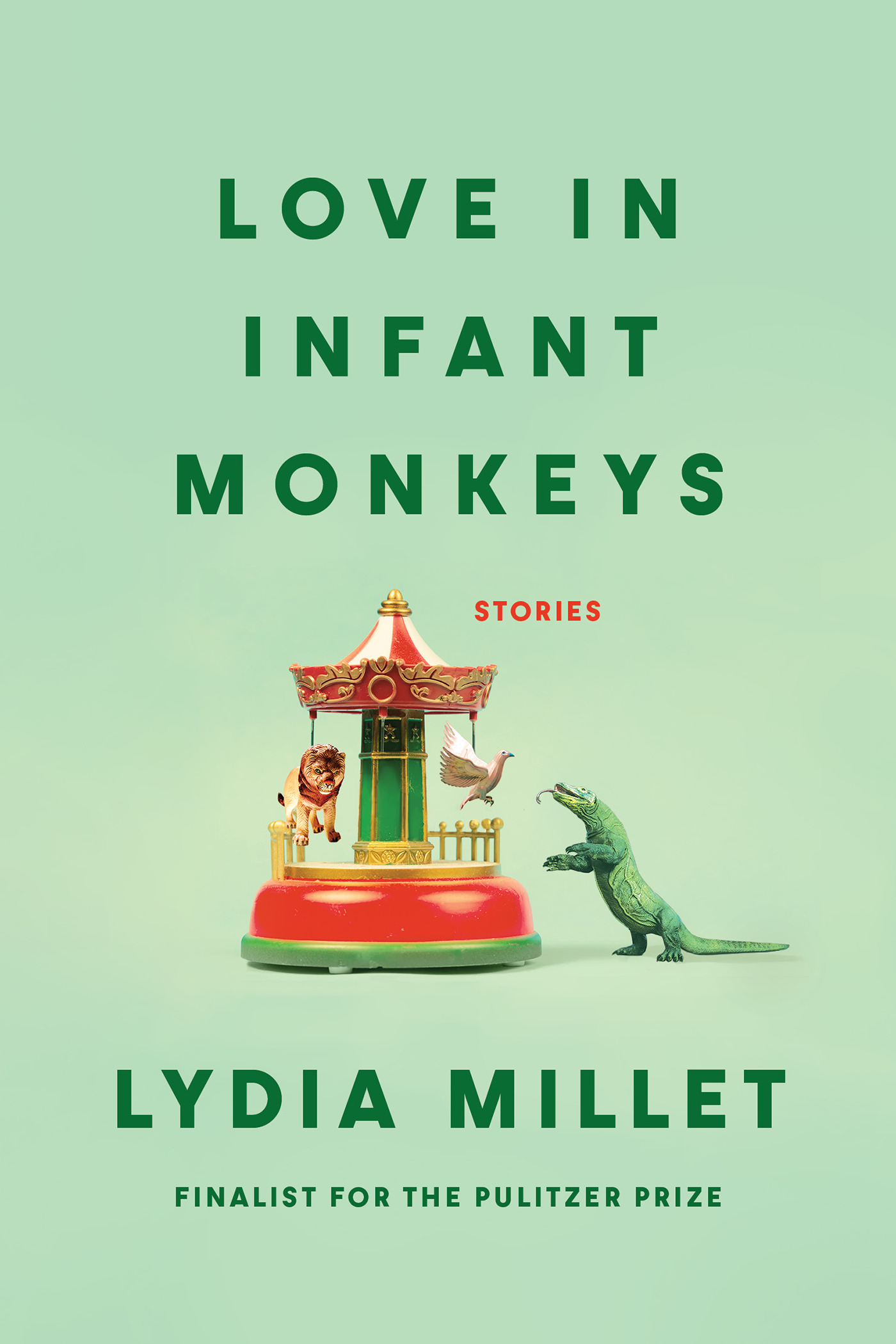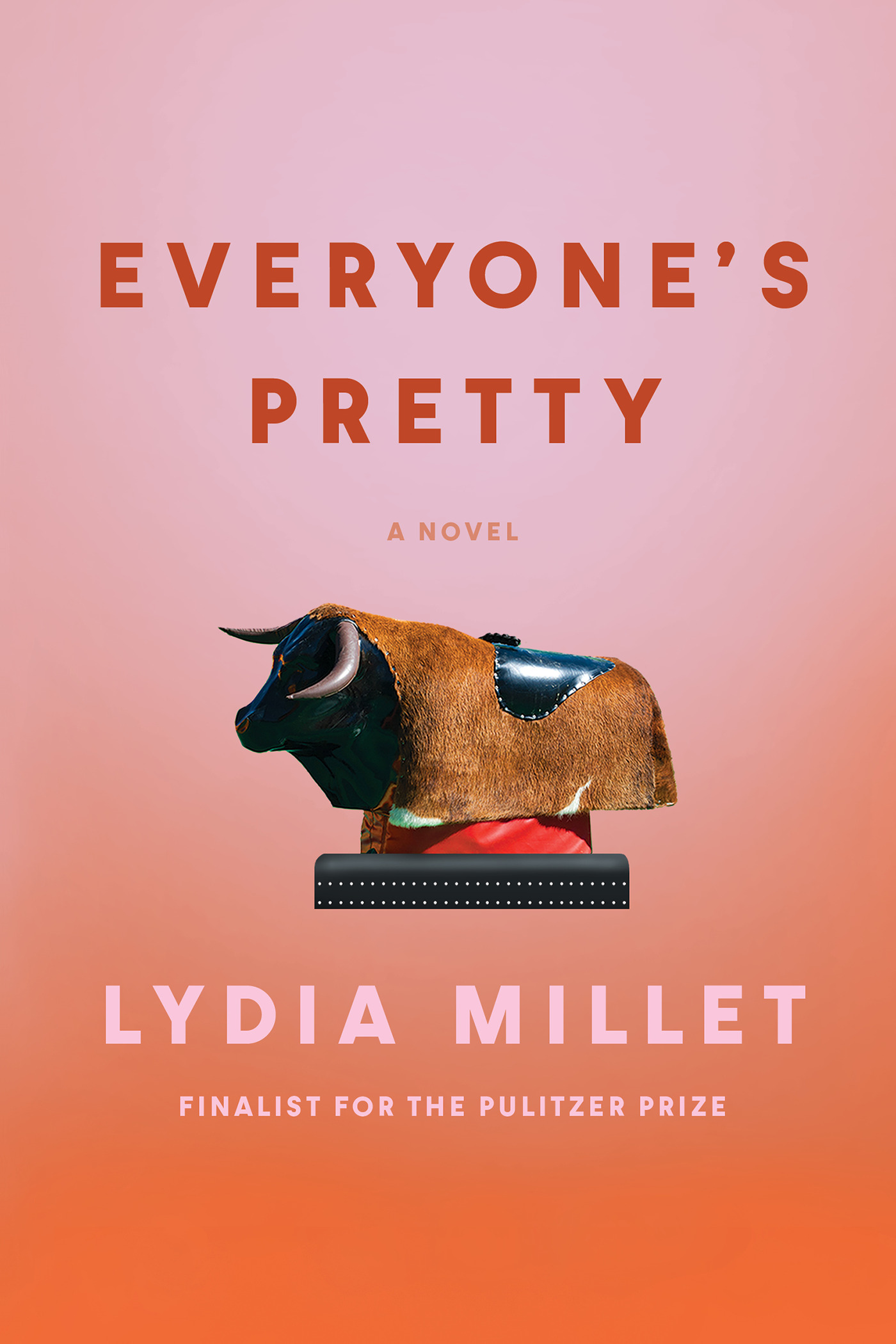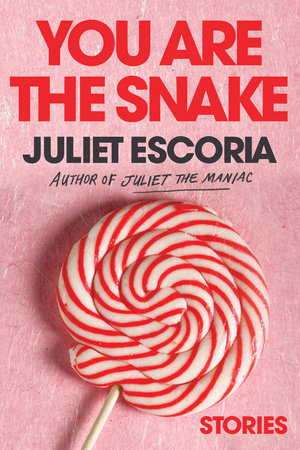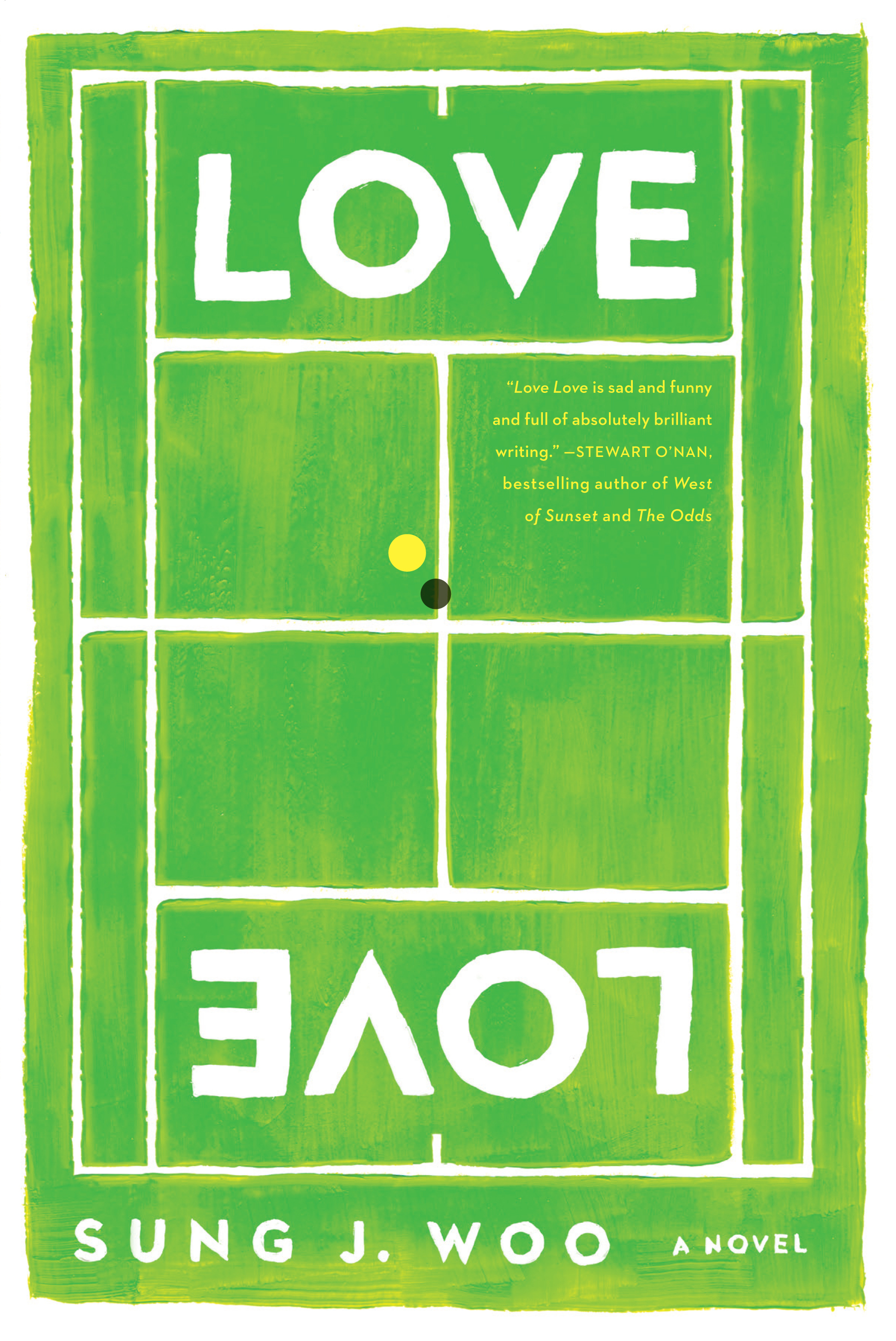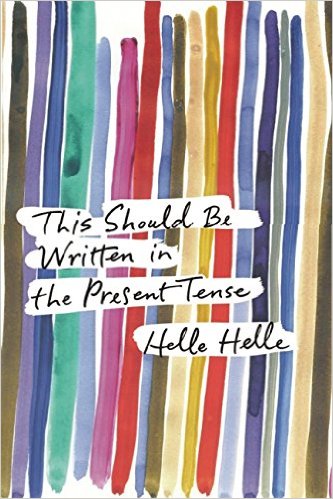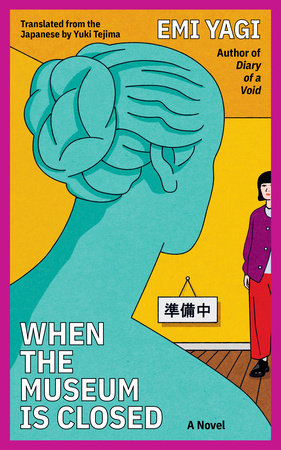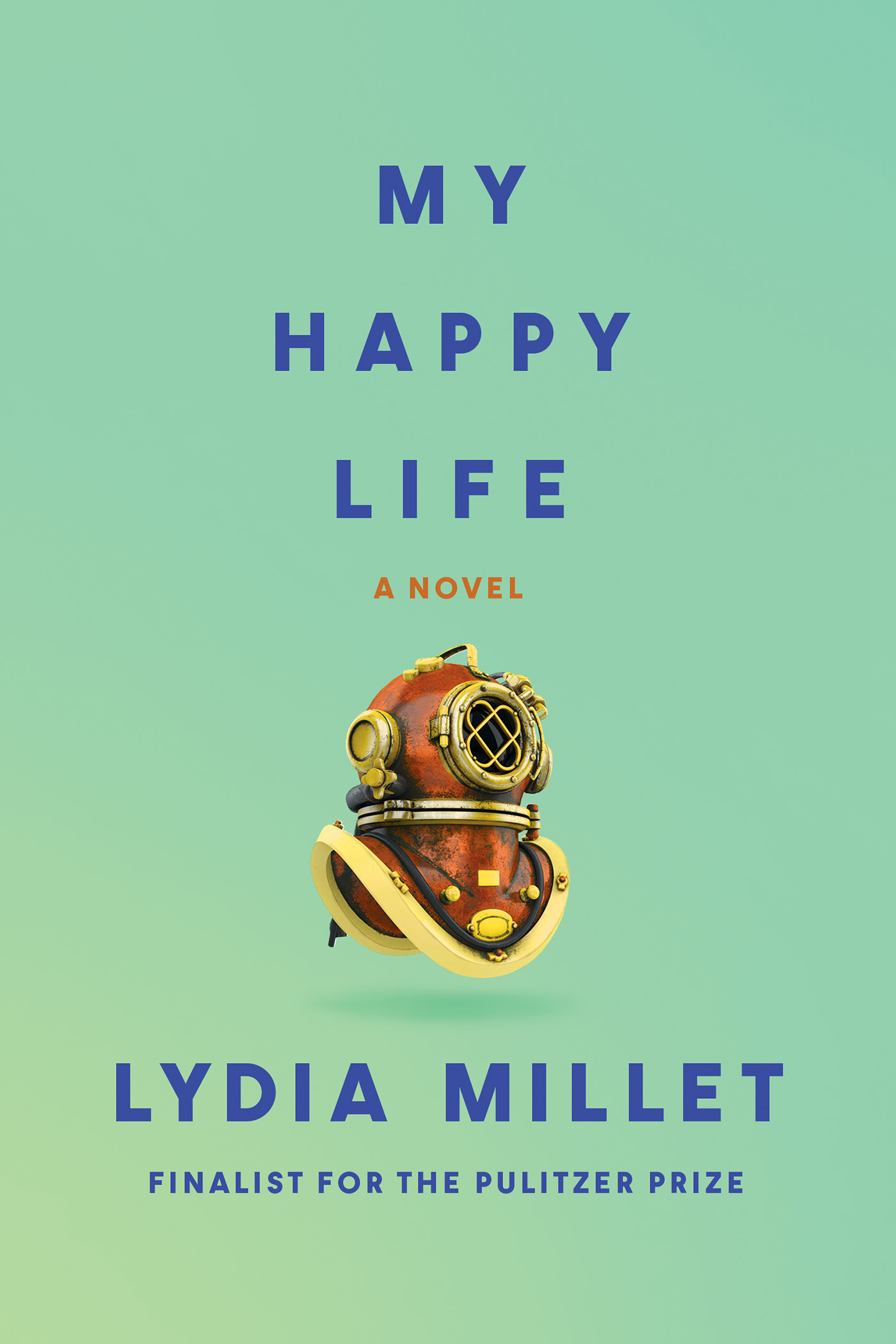
My Happy Life
Lydia Millet
Book Description
At the opening of My Happy Life, the unnamed narrator has been abandoned in a locked room of a deserted mental hospital. She hasn’t seen the nice man who brings her food in days; so she’s eaten the soap, the toothpaste, and even tried to eat the plaster on her walls — a dietary adventure that ended none too well. This woman’s story, covering decades and spanning continents, is tragic, yet she is curiously at peace, even happy. Despite a lifetime of neglect, physical abuse, and loss, she’s incapable of perceiving slight or injury. She has infinite faith in the goodwill of others, loves even her enemies, and finds grace and communion in places most people wouldn’t dare to brave. Lauded by both critics and readers, My Happy Life consistently surprises and excites with its original vision of a unique woman whose rich interior life protects her from the horrors of external reality.








